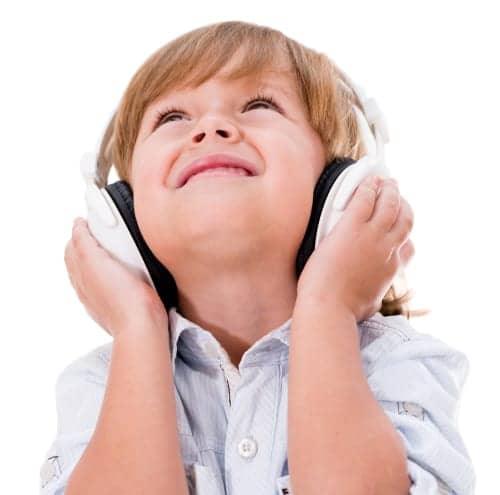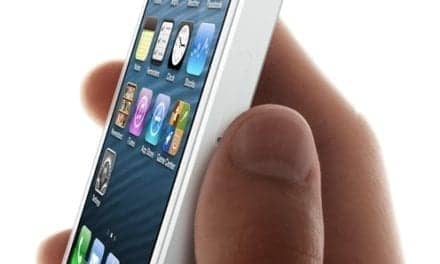If this holiday season you are searching for safer headphones to protect the ears of the kids in your life, you might want to first consult the December 6 article in The New York Times, which reveals that many purportedly “safe” headphones on the market may actually cause noise-induced hearing loss due to unsafe volume levels. While many brands being considered by holiday shoppers claim their product offers “safe listening” limits for kids, the truth is that many of them exceed the maximum safe volume limit of 85 decibels (dB). The take-away message is: buyer beware.
According to NY Times writer Catherine Saint Louis, an investigation and analysis conducted by The Wirecutter, a product recommendation website owned by The New York Times Company, has found that half of 30 sets of children’s headphones tested did not restrict volume to the promised limit. Saint Louis reports that the worst headphones that were supposedly “safe” produced sound so loud that it could be hazardous to ears within minutes.
“These are terribly important findings,” said Cory Portnuff, a pediatric audiologist at the University of Colorado Hospital who was not involved in the analysis. “Manufacturers are making claims that aren’t accurate.”
The new analysis by The Wirecutter should be a wake-up call to parents who thought volume-limiting technology offered adequate protection, said Blake Papsin, MD, the chief otolaryngologist at the Hospital for Sick Children in Toronto. “Headphone manufacturers aren’t interested in the health of your child’s ears,” he said. “They are interested in selling products.”
The NY Times reports that half of 8- to 12-year-olds listen to music daily, and nearly two-thirds of teenagers do, according to a 2015 report involving more than 2,600 participants. Safe listening is a function of both volume and duration: The louder a sound, the less time you should listen to it. For example, exposure to 100 decibels (dB)–the volume of sound that can be produced by many rock concerts–is safe for just 15 minutes. Meanwhile, a sound level of 108 decibels (dB) is safe for less than 3 minutes.
When cranked up to full volume–a common practice among younger music listeners–modern portable devices streaming music can produce sound levels up to 107 decibels, according to a 2011 study. In the analysis conducted by The Wirecutter, investigators found that a popular song listened to at full volume using more than 15 types of headphones reached volume levels of 114 dB. Earbuds, which sit further in the ear, pose an even greater danger to young ears at these noise levels.
Luckily for consumers, and for hearing care professionals who make product recommendations to their clients, The Wirecutter testing team was able to identify several headphone models that they felt confident recommending, though they were careful to add that “even with those, protecting a child’s ears isn’t as simple as just handing over a pair [of volume-limiting headphones]. We believe that volume-limiting headphones are merely tools that can assist parents or caregivers in protecting a child’s hearing—they are not solutions in themselves.” The team added that by selecting their top picks for these products, however, proper use should help provide an added level of protection for kids’ ears.
Top Picks for Safer Headphones from The Wirecutter team at The New York Times Company
#1. The top safety pick of the investigative team was the BT2200 Studio Grade Children’s Bluetooth Headphones, available at Puro Sound Labs for $100, and for roughly the same price at Amazon. The team reports that the participating panelists liked the fit, sound, and Bluetooth capabilities.
#2. The second pick of the investigative team was the JBuddies Studio Over Ear Folding Kids Headphones, available at JLab Audio for $30.
The team reports that participating panelists liked the soft padding, simple design, fabric-wrapped cable, and in-line remote/mic. The team notes that this pair doesn’t sound as good as their top pick, and it also uses passive volume limiting, which isn’t as safe as Bluetooth.
For the full list of picks and more details from the testing team, see the original December 6, 2016 article posted on The Wirecutter. View the original New York Times article here.
Source: The Wirecutter; The New York Times
Image credits: Puro Sound Labs; JLab Audio; The New York Times; The Wirecutter; Dreamstime








I disagree. Look at that
https://www.nytimes.com/2016/12/06/health/headphones-hearing-loss-kids.html